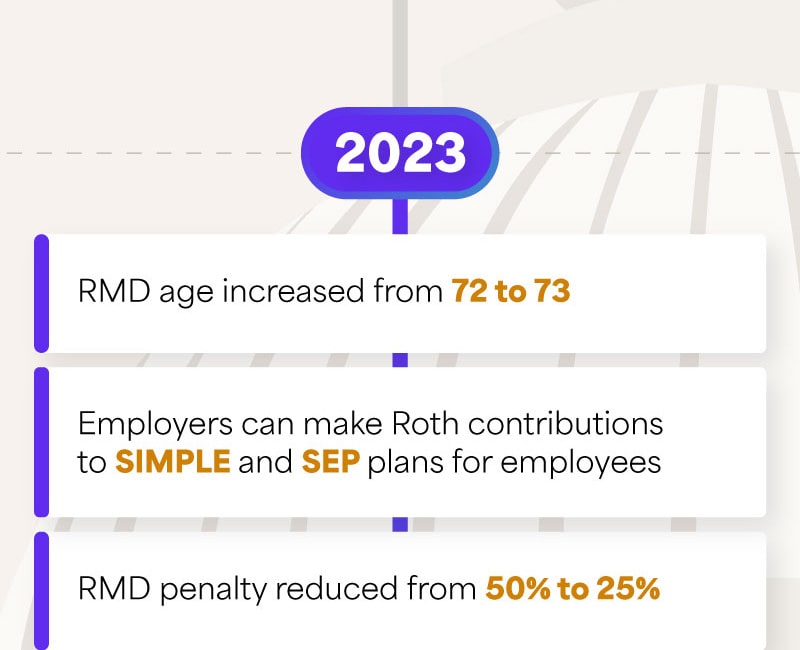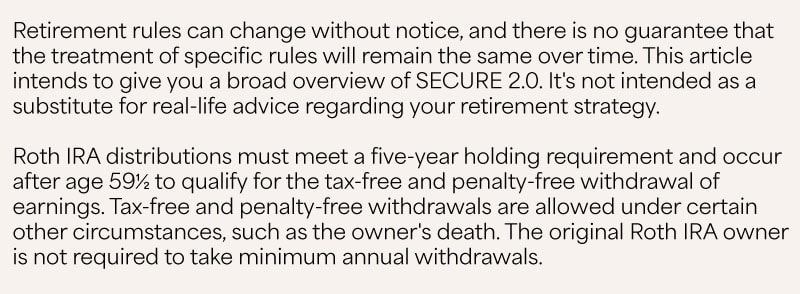Understanding the SECURE Act 2.0





































A few strategies that may help you prepare for the cost of higher education.

Investors who put off important investment decisions may face potential consequences to their future financial security.

In the event of an unforeseen accident or illness, disability insurance may be a good way to protect your income and savings.